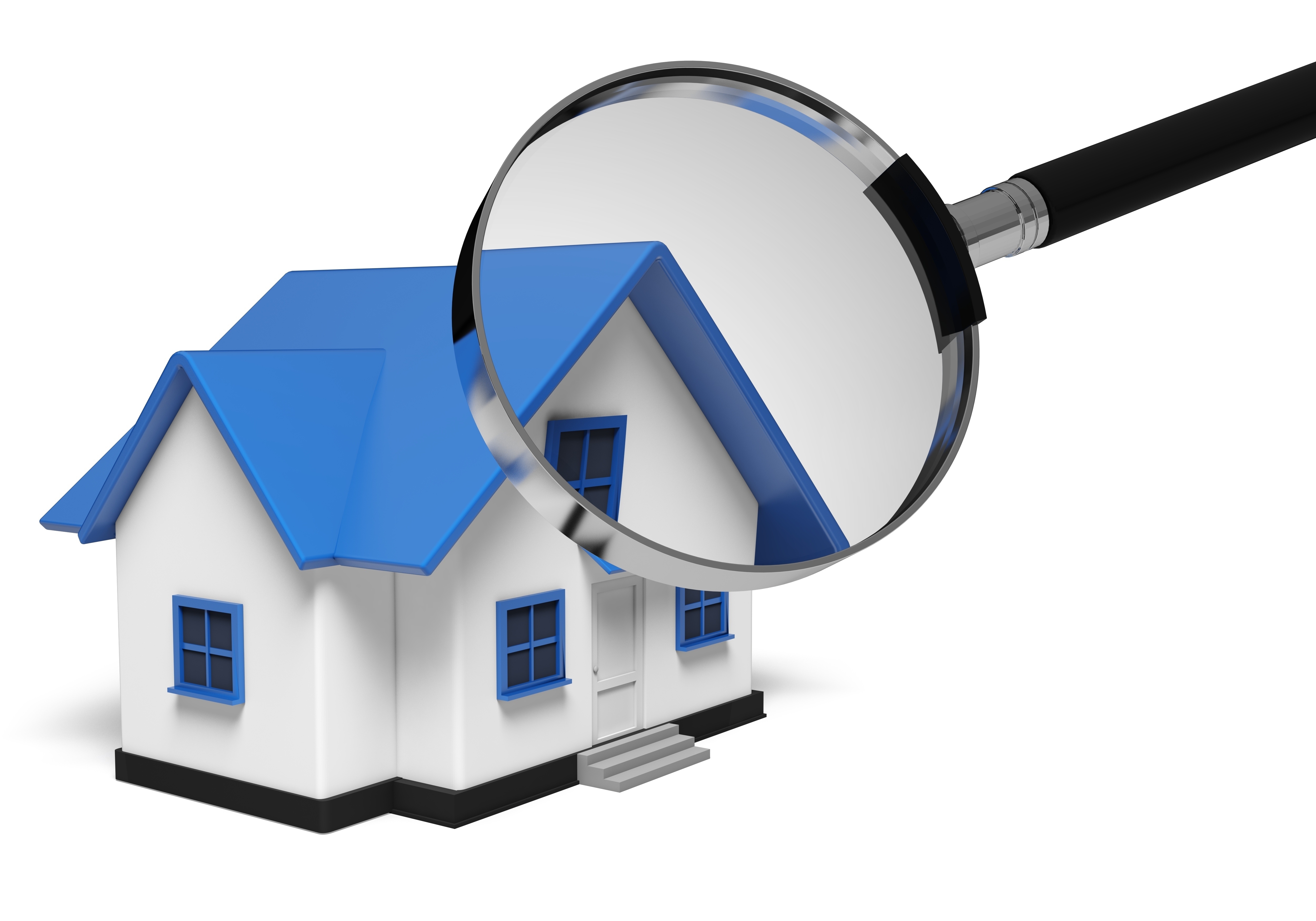
Real Estate Appraisals: A PrimerA home purchase can be the largest investment some will ever make. Whether it's a main residence, a seasonal vacation home or a rental fixer upper, purchasing real property is a complex transaction that requires multiple parties to see it through. You're probably familiar with the parties taking part in the transaction. The most familiar face in the exchange is the real estate agent. Then, the mortgage company provides the financial capital necessary to finance the transaction. And the title company ensures that all details of the sale are completed and that a clear title passes from the seller to the buyer. So, what party is responsible for making sure the real estate is worth the amount being paid? In comes the appraiser. We provide an unbiased opinion of what a buyer might expect to pay — or a seller receive — for a property, where both buyer and seller are informed parties. A licensed, certified, professional appraiser from Michael J. Ganguzza will ensure, you as an interested party, are informed. Appraisals start with the inspectionTo determine the true status of the property, it's our duty to first conduct a thorough inspection. We must physically view features, such as the number of bedrooms and bathrooms, the location, and so on, to ensure they really are there and are in the shape a reasonable person would expect them to be. To make sure the stated square footage has not been misrepresented and document the layout of the home, the inspection often requires creating a sketch of the floorplan. Most importantly, we look for any obvious features - or defects - that would have an impact on the value of the property. Once the site has been inspected, we use two or three approaches to determining the value of the property: a paired sales analysis, a replacement cost calculation, and an income approach when rental properties are prevalent. 
Cost ApproachThis is where we gather information on local building costs, the cost of labor and other factors to ascertain how much it would cost to replace the property being appraised. This estimate commonly sets the maximum on what a property would sell for. It's also the least used method. 
Paired Sales AnalysisAppraisers get to know the neighborhoods in which they appraise. They innately understand the value of certain features to the people of that area. Then, the appraiser researches recent sales in the vicinity and finds properties which are 'comparable' to the subject at hand. Using knowledge of the value of certain items such as remodeled rooms, types of flooring, energy efficient items, patios and porches, or extra storage space, we add or subtract from each comparable's sales price so that they are more accurately in line with the features of subject property.
In the end, the appraiser reconciles the adjusted sales prices of all the comps and then derives an opinion of what the subject could sell for. When it comes to associating a value with features of homes in Newton and Sussex, Michael J. Ganguzza is second to none. This approach to value is typically awarded the most weight when an appraisal is for a home sale. Valuation Using the Income ApproachA third way of valuing real estate is sometimes used when a neighborhood has a measurable number of renter occupied properties. In this scenario, the amount of income the property produces is taken into consideration along with other rents in the area for comparable properties to give an indicator of the current value. The Bottom LineAnalyzing the data from all approaches, the appraiser is then ready to stipulate an estimated market value for the subject property. Note: While this amount is probably the strongest indication of what a property is worth, it may not be the final sales price. There are always mitigating factors such as the seller's desire to get out of the property, urgency or 'bidding wars' that may adjust an offer or listing price up or down. Regardless, the appraised value is often used as a guideline for lenders who don't want to loan a buyer more money than they could get back in the event they had to sell the property again. At the end of the day, an appraiser from Michael J. Ganguzza will help you discover the most accurate property value, so you can make profitable real estate decisions. |